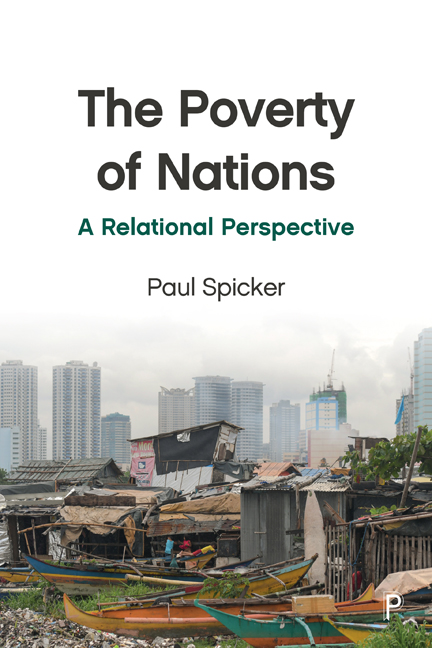8 - Poverty in National Perspective
Published online by Cambridge University Press: 18 March 2021
Summary
Poverty can be understood in many ways, at many levels. Milanovic discusses three different ways of looking at the world. The first, ‘Concept 1’, treats all nations as equivalent, counting for one and no more than one. Some countries have caught up with others, but the distance between the top and the bottom, and between higher-and lower-income countries, is as big as ever. The second, ‘Concept 2’, weights countries according to the size of their population. Using that as the test, the relationship between rich and poor seems to be fairly stable. The third approach, ‘Concept 3’, disregards nationality. A recent Human Development Report comments that ‘even though the global population increased from 5 billion to 7.5 billion between 1990 and 2017, the number of people in low human development fell from 3 billion to 926 million’.
Table 8.1 shows some basic indicators of human development in different regions of the world. There are useful insights to be gleaned from this kind of information – the impoverished condition of sub-Saharan Africa, the narrowing of the gap for many other countries, the realisation that life expectancy can be improved even if income is relatively low. But this approach conceals as much as it reveals. Averaging damps down the size of effects – there are considerable differences between parts of Europe, and Central Asia is different again.
For all kinds of reason, these figures are not to be trusted. Most of the elements that make up the indices are questionable; the figures that are used tend to be the easiest ones to collect, but even then the evidential base is often unreliable, with expert assessments varying year by year. All of these figures ought to be seen as indicators – signs or pointers – rather than true, indisputable ‘facts’. Life expectancy figures reflect three related but different issues: infant mortality, adult health and personal security. Schooling is important for everyone, but it is also a relative good – the benefits of schooling depend a lot on what happens to everyone else. Gross National Income per capita (GNI pc) looks to be the most precise of the three sets of figures, but is often an approximation – it is difficult to measure, especially where people are not engaged in a formal economy.
- Type
- Chapter
- Information
- The Poverty of NationsA Relational Perspective, pp. 111 - 122Publisher: Bristol University PressPrint publication year: 2020

